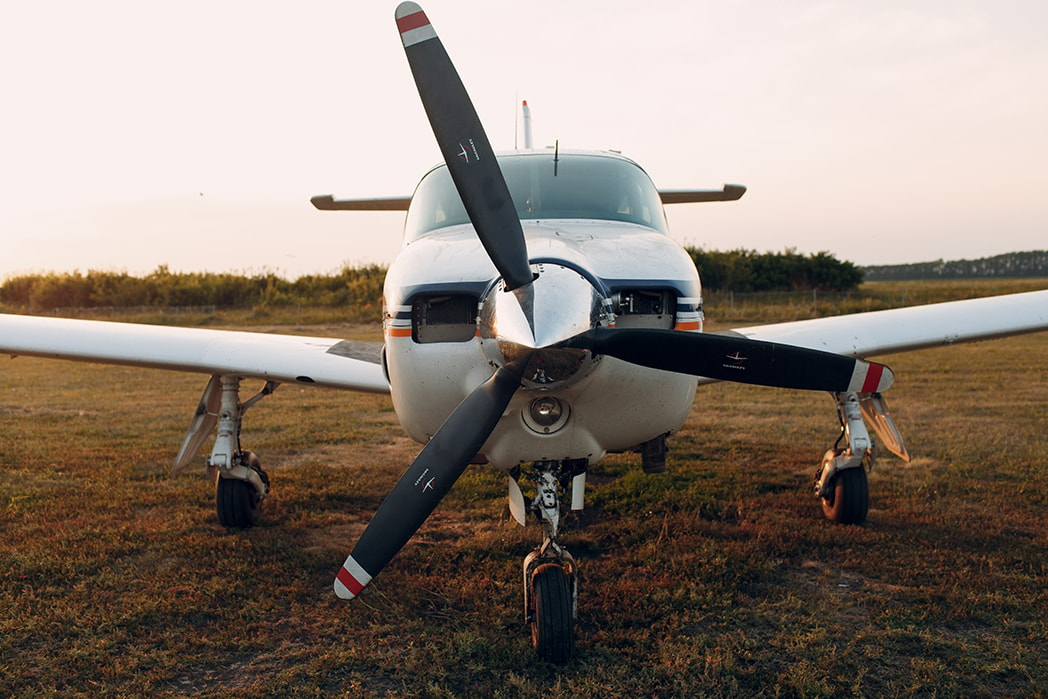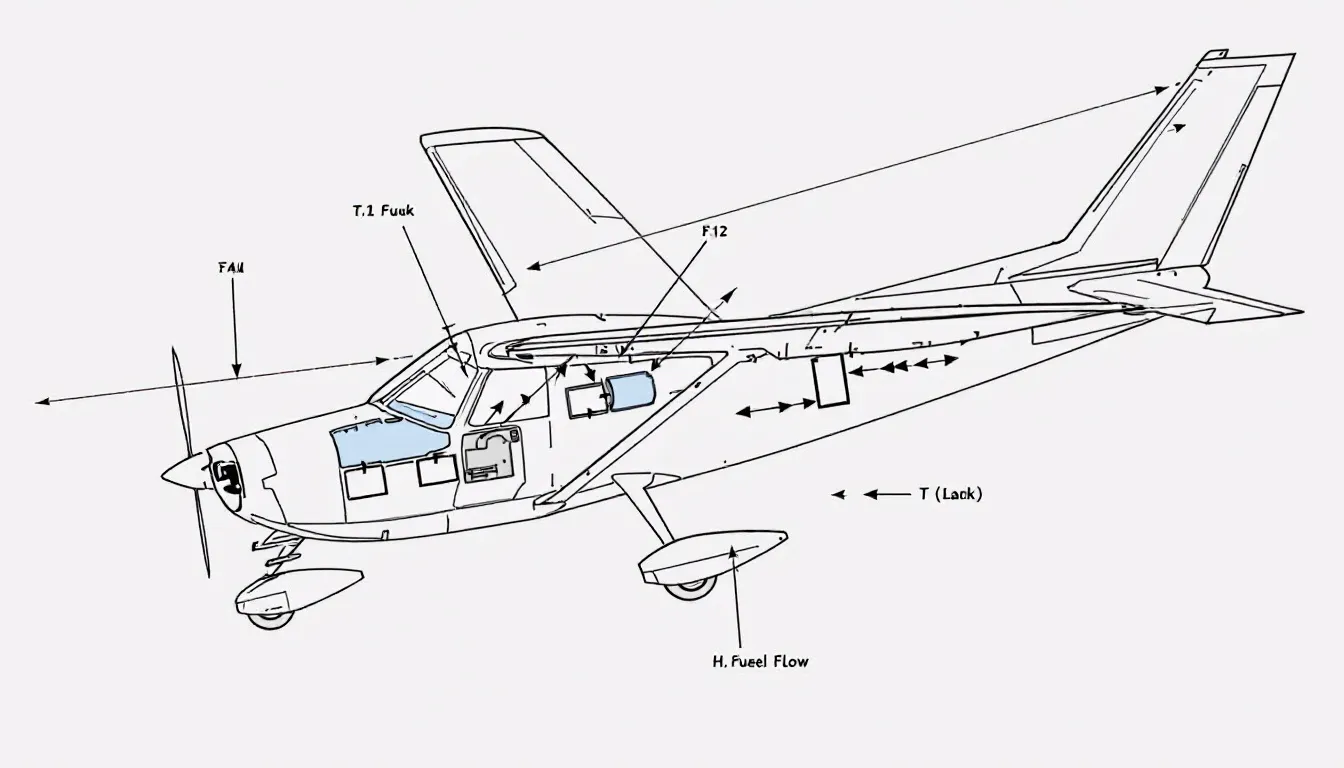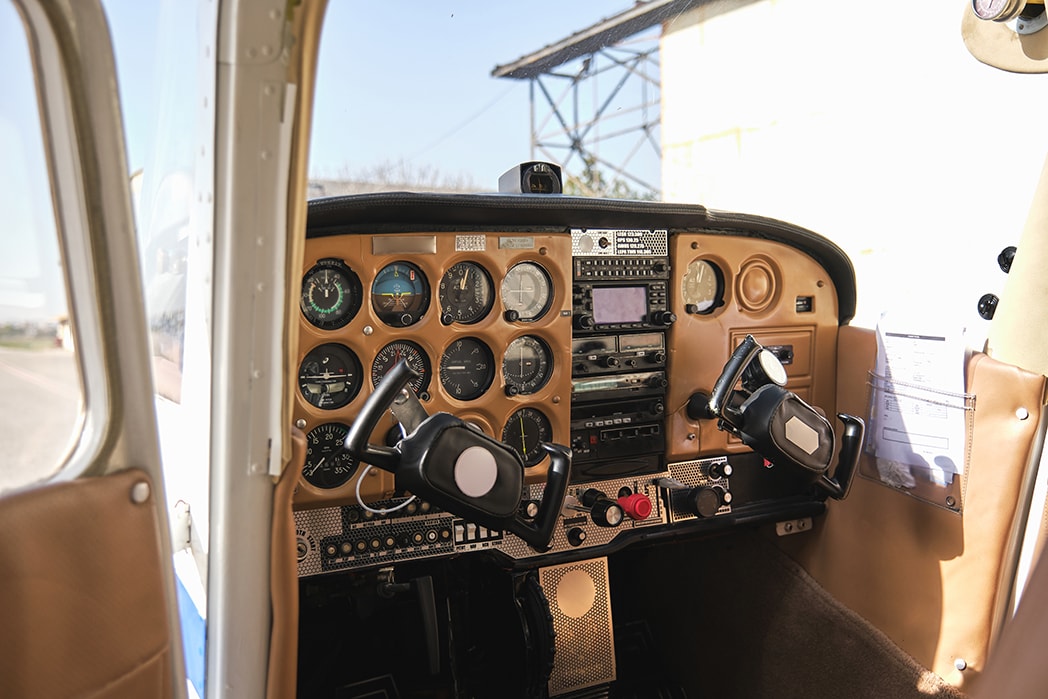Mastering C172 Weight and Balance: A Comprehensive Guide
Apr 23, 2025
The c172 weight and balance ensures the aircraft can fly straight without pitching too far nose high or nose low.
In this guide, we’ll cover calculating weights, understanding limits, and ensuring proper loading. You’ll learn to keep your C172 within safe operational limits and optimize its performance.
At Flight Nerd Air Force, we’re your go-to source for mastering aviation. Whether you're exploring the Cessna 172's performance, comparing it to aircraft like the Piper Archer, or learning about fuel efficiency, our expert community is here to guide you. Join us for in-depth insights, training resources. Start your flight journey today with Flight Nerd Air Force!
Key Takeaways
-
Proper weight and balance management is where safe aircraft operation starts. That affects stability and performance every step of the way.
-
To get those calculations right, you need to understand the difference between empty weight, gross weight and payload capacity. And you should be using the Pilot’s Operating Handbook for the most current data.
-
Pilots are solely responsible for assuring correct data in their weight and balance calculations. Verification processes can prevent the common errors that put flight safety at risk by ensuring accurate values. These values can vary and must be confirmed for each flight.
Importance of Weight and Balance in Flight
Ensuring the correct weight and balance during flight is essential. It’s imperative that the aircraft’s center of gravity remains within designated safe boundaries for operation.
Ensuring the correct data and proper loading of the aircraft prior to flight is a critical responsibility of the pilot in command. Specific values and calculations can vary based on individual aircraft models and conditions.
Prior to each flight, a check must be conducted to verify that the aircraft has been loaded correctly, which is integral to its stability and command handling. Neglecting this vital procedure can potentially endanger both safety and operational efficiency.
Loading an aircraft incorrectly is risky. Going over the weight limits means longer take off distances and reduced agility in unexpected situations.
Ignoring an aircraft’s loading constraints while doing calculations can create hazardous conditions as performance characteristics change with load distribution. So every pilot must fully understand the principles of weight and balance.
A pilot’s understanding of how an aircraft’s weight affects its behavior is essential it affects not only stability but also fuel consumption and general aviation security protocols. The pillars of safe and efficient aviation are built upon proper weight and balance management.
Understanding Aircraft Weight
Understanding weight and balance starts with understanding the different types of weight values. The Cessna 172 has a gross weight of 2,300 lbs and an empty weight of 1,300 lbs. Empty weight is the weight of the airplane without passengers, cargo, or usable fuel, and all operational equipment.
Gross weight is everything on board, including fuel and luggage. Knowing this difference is key to accurate calculations. Pilots need to gather data on empty weight, fuel weight and payload to make sure the total doesn’t exceed the maximum weight.
Calculations require gathering the weight of the aircraft, fuel, passengers and cargo and determining their arms from a reference datum. This way, the weight isn't loaded too far forward or too far back inside the airplane. Too much weight either way can make the airplane difficult, if not impossible to control.
Maximum Takeoff Weight of Cessna 172
The maximum takeoff weight is what really matters for any aircraft and the Cessna 172 is no different. That weight limit 2,550 pounds for the 172S and aircraft like it exists to keep safety standards intact and performance at its best.
If an aircraft is too heavy to take off safely, you'll see that in its performance. It'll need more runway to get airborne and climb at a slower rate.
These changes can also affect Cessna 172 speeds during takeoff and initial climb, making proper loading even more critical.
Post-1981 models of the Cessna 172 have gotten some key upgrades in design and strength. Those improvements have given them a bit more leeway when it comes to how much weight they can handle safely.
Payload Capacity of Cessna 172
Knowing the payload of the Cessna 172 is important as it’s the maximum weight the aircraft can carry, including passengers and cargo. With a full tank of fuel, it’s about 723lbs out of 1000lbs.
Understanding this payload limit is key to performance and safety in flight. It has big implications for how far the aircraft can fly and efficiency in operations where weight matters.
Managing payload effectively also plays a role in optimizing Cessna 172 operating cost, especially over frequent or long-distance flights.
Following these limits allows pilots to make informed decisions on loading and safe flying practices.
The Pilot's Operating Handbook (POH)
The Pilot’s Operating Handbook (POH) is a must have with the critical weight and balance information that keeps the aircraft within its limits. This document must include the total weight of the aircraft and the center of gravity location to verify compliance.
Using old weight and balance data can compromise the calculations and put flight safety at risk. To do accurate calculations updated information in the POH is an essential guide for safe flying procedures.
Pilots must always consult their POH to stay up to date. That way they will have accurate calculations and operations will be within the bounds of the regulations for the aircraft’s operational capability.
9 Step-by-Step Guide: How to Calculate Weight and Balance in a Cessna 172
Doing a weight and balance calculation might not sound exciting, but it’s essential and actually pretty satisfying once you understand the flow. Here's a simple, step-by-step breakdown using typical values from a Cessna 172.
Step 1: Understand the Basic Formula
You’ll be using this formula throughout:
Moment = Weight × Arm
Center of Gravity (CG) = Total Moment ÷ Total Weight
The arm is the distance from a fixed point (datum) to where the weight is located. The moment is weight × arm, and it helps determine CG.
Step 2: Gather Aircraft Empty Weight and Moment
Let’s say the aircraft has an empty weight of 1,665 lbs and a moment of 57,965 in-lbs (with an arm of 34.8 inches).
Step 3: Add Pilot and Front Passenger
Example: 180 lbs (pilot) + 170 lbs (passenger) at an arm of 37 in:
Weight = 350 lbs
Moment = 350 × 37 = 12,950 in-lbs
Step 4: Add Rear Passengers
Two rear passengers: 120 + 110 = 230 lbs at arm 73 in:
Moment = 230 × 73 = 16,790 in-lbs
Step 5: Add Baggage
Area 1: 40 lbs at 95 in → Moment = 3,800 in-lbs
Area 2: 20 lbs at 123 in → Moment = 2,460 in-lbs
Step 6: Add Fuel
40 gallons of fuel (6 lbs/gal) = 240 lbs at 48 in:
Moment = 240 × 48 = 11,520 in-lbs
Step 7: Total Everything
|
Item |
Weight (lbs) |
Arm (in) |
Moment (in-lbs) |
|---|---|---|---|
|
Empty Weight |
1,665 |
34.8 |
57,965 |
|
Front Seats |
350 |
37 |
12,950 |
|
Rear Seats |
230 |
73 |
16,790 |
|
Baggage Area 1 |
40 |
95 |
3,800 |
|
Baggage Area 2 |
20 |
123 |
2,460 |
|
Fuel |
240 |
48 |
11,520 |
|
TOTAL |
2,545 |
— |
105,485 |
CG = 105,485 ÷ 2,545 = 41.45 inches
Step 8: Check CG Limits
For a fully loaded C172, CG must typically stay between ~35.0 and ~47.3 inches. A CG of 41.45 inches is within limits safe to fly.
Step 9: Recalculate After Fuel Burn (Optional)
Burning 20 gallons = 120 lbs, moment reduction = 5,760 in-lbs
New Weight = 2,425 lbs
New Moment = 99,725 in-lbs
New CG = 99,725 ÷ 2,425 = 41.12 in (still safe)




